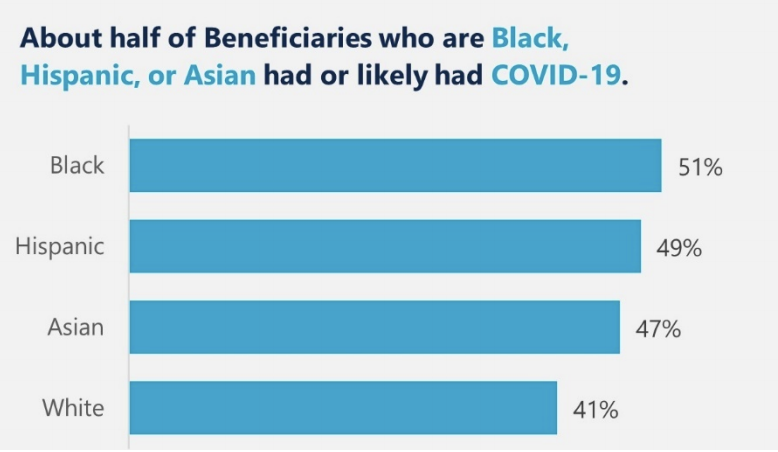The coronavirus pandemic’s “devastating impact” on nursing homes led to a 32% spike in overall mortality rate among Medicare residents during 2020, according to a new report by the Office of Inspector General.
The spike amounts to 169,291 more deaths in 2020 than if the mortality rate had remained the same as in 2019. That’s out of the 3.1 million Medicare beneficiaries who resided in nursing homes in 2020.
Harvard health policy expert David Grabowski, Ph.D., said those who work in the field “knew this was going to be bad” but didn’t think “it was going to be this bad.”
“This was not individuals who were going to die anyway,” Grabowski told the Associated Press. “We are talking about a really big number of excess deaths.”
Each month of 2020 had a higher mortality rate than the corresponding month a year earlier. In April 2020 alone, a total of 81,484 Medicare beneficiaries in nursing homes died — more than twice the number in April 2019.
Federal investigators added that the data shows the pandemic had “far-reaching implications for all nursing home beneficiaries, beyond those who had or likely had COVID-19.”
“The COVID-19 pandemic has been devastating for Medicare beneficiaries in nursing homes,” the government watchdog agency wrote. “The toll that the COVID pandemic has taken on Medicare beneficiaries in nursing homes demonstrates the need for increased action to mitigate the effects of the ongoing pandemic and to avert such tragedies from occurring in the future.”
The report, which was released by the OIG Tuesday, is the first in a three-part series focusing on the impact of COVID-19 in nursing homes. Upcoming analyses are expected to focus on strategies nursing homes have used to combat the pandemic.
The findings also revealed that about two in five Medicare beneficiaries (42%, or about 1.3 million), in nursing homes had or likely had COVID-19 in 2020. The number of infected beneficiaries swelled dramatically during the spring of 2020, with just over 21,000 diagnosed as having or likely having the disease between January and March. By the end of June, the number was close to 419,000.

Federal researchers also found about half of Black, Hispanic and Asian beneficiaries in nursing homes had or likely had COVID-19 in 2020. Each group was also more likely than their white counterparts to contract the disease.
Investigators concluded that the analysis shows the “value of using Medicare data to understand the extent to which nursing home residents nationwide have been affected by the pandemic, who they were, and what characteristics are associated with greater risk.”
“These data are important to understanding the effects of the pandemic and, moving forward, could play an integral part in understanding health disparities within the nursing home population and preparing for and dealing with future public health crises,” the report states.




